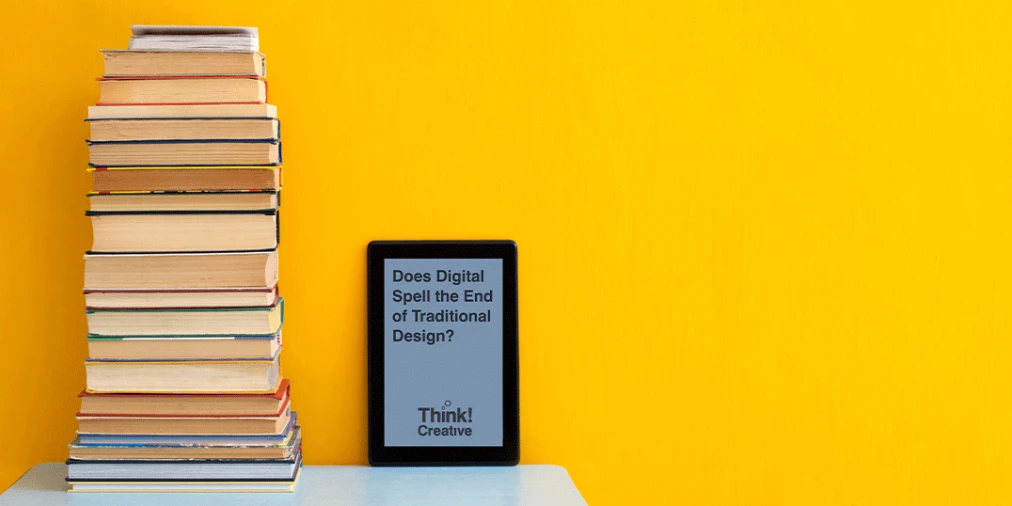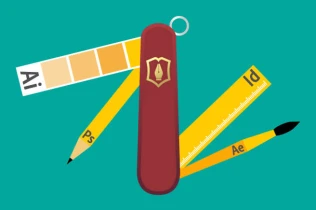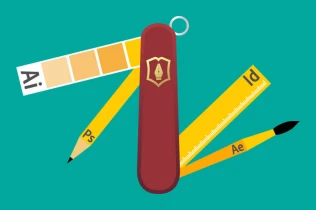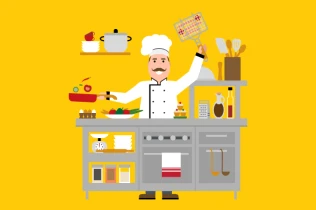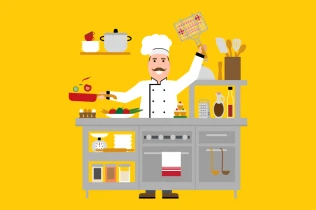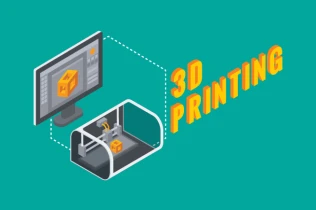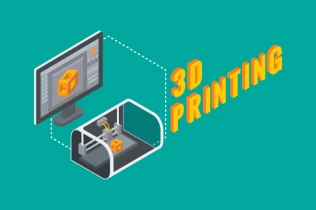What’s So Great About Physical Design?
Attention spans are shorter than ever. We’re in the age of multitasking, the era of swiping, the time-conscious period of constant preoccupation. This is where the digital world has its benefits: we’re talking time-and-space saving digital solutions typified by their instant accessibility and willingness to fight for even ten seconds of your precious attention.
Let’s look at print design. Spend time engaging with a piece of print and it’ll all come flooding back – the multi-sensory interaction, the tactility, the knowledge that you can keep it forever (the feeling of collectability that comes with owning an item brings a real value element to the experience). A printed item represents a physical design object that has more dimensions to it than digital could ever wish for – both literally and metaphorically.
As vital as digital has been in defining our 21st century lives, we must remember that we consume design, rather than merely seeing and hearing. A book, for instance, triggers our senses of touch and smell (even our hearing – consider the sound of a page turning). Aside from tapping and swiping (mindless actions to which we’ve become robotically accustomed), we live out our day-to-day digital lives on autopilot, forgetting that we actually have hands and noses.
When you design a printed or three-dimensional outcome, you’re faced with a range of options. In the case of paper-based solutions, you can completely transform an outcome based the options available to you (paper quality, thickness, coatings). There’s also a whole host of additional methods available (spot printing, textures, embossing...). That finishing touch is something that digital just can’t compete with.
